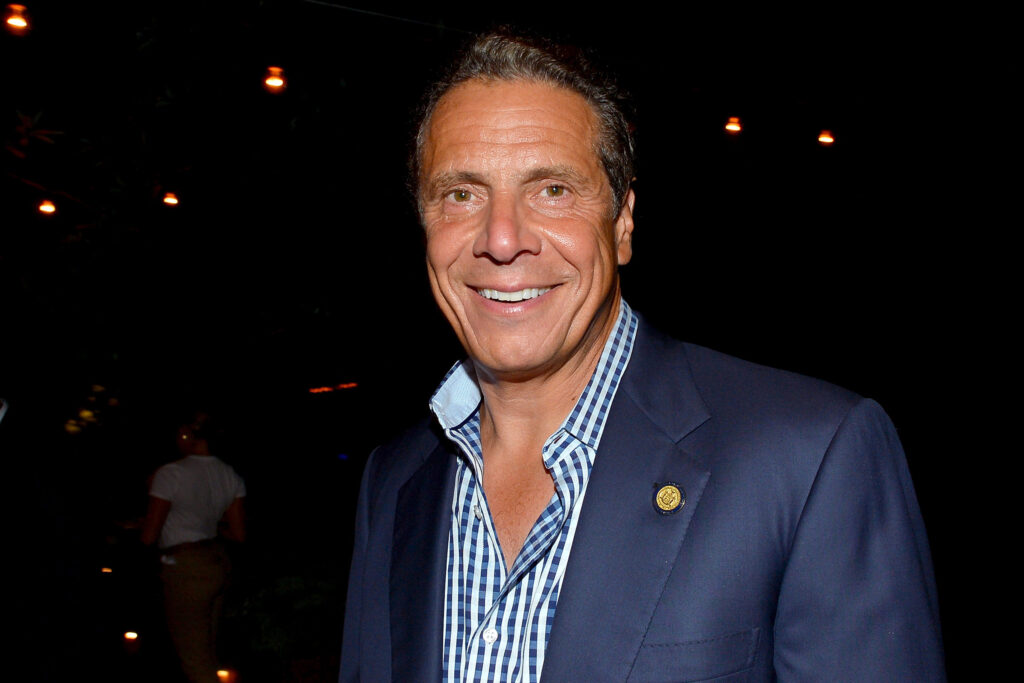
Introduction
Andrew Cuomo, the former Governor of New York, has been a significant figure in American politics over the last decade. Once regarded as a leading voice in the Democratic Party, Cuomo’s political journey has recently taken a tumultuous turn. His tenure was marked by significant legislative achievements but also faced severe scrutiny due to controversies surrounding his leadership style and actions during the COVID-19 pandemic. Understanding Cuomo’s evolving role in politics is crucial as it reflects broader trends in governance and public accountability.
Controversies and Resignation
Cuomo served as governor from 2011 until his resignation in August 2021 amid multiple allegations of sexual harassment and an investigation into his administration’s handling of nursing home COVID-19 deaths. These controversies triggered widespread public outrage and led to calls for his resignation from both constituents and fellow politicians, including President Biden. Cuomo ultimately stepped down after a damning report from the New York Attorney General’s office detailed allegations made by 11 women, casting a shadow over his previous success.
Political Legacy
Despite the controversies, Cuomo’s legacy remains complex. He is credited with significant accomplishments such as the legalization of same-sex marriage in New York, significant infrastructure development, and initiatives aimed at universal healthcare access. During his early handling of the COVID-19 crisis, Cuomo received national recognition for his informative daily briefings and aggressive public health measures. However, the alleged cover-up of nursing home death data has since overshadowed these achievements, complicating his legacy in a post-pandemic political climate.
Current Developments and Future Implications
Since his resignation, Andrew Cuomo has largely stepped out of the public eye, facing potential legal repercussions and a tarnished reputation. However, he has indicated intentions to return to public life in some capacity. As investigations continue, many are left wondering whether he can rehabilitate his political career or if he will face permanent alienation from the political landscape. Given his past influence, Cuomo’s next steps will be closely monitored by both supporters and critics alike.
Conclusion
The story of Andrew Cuomo serves as a pivotal case study in modern American politics, highlighting issues of power, accountability, and the complex nature of leadership. As society moves forward, the implications of his actions will likely resonate within the Democratic Party and beyond, shaping discussions about the future of political ethics and governance. For readers, understanding Cuomo’s journey reflects the larger narrative surrounding political leadership’s accountability and the consequences that arise from breaches of public trust.



